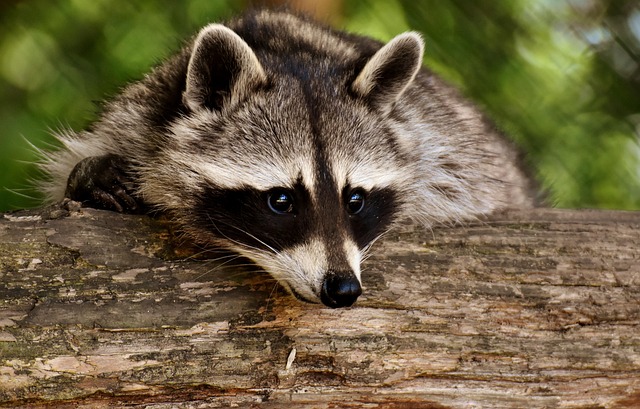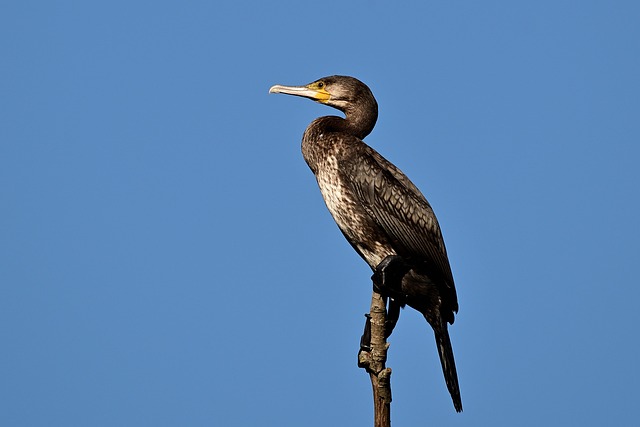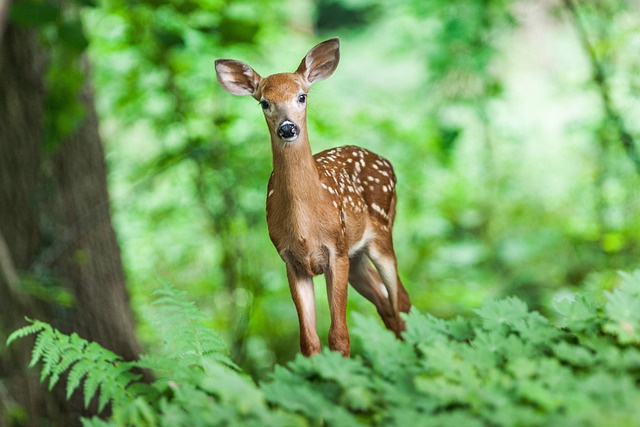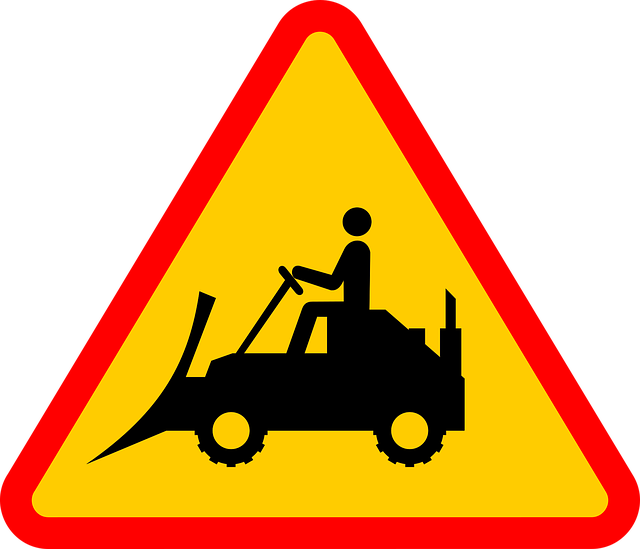Wildlife inspections and removal are crucial for maintaining ecological balance and ensuring public safety in human-wildlife interactions. Trained professionals assess animal presence, behavior, and health, implementing humane removal when necessary for property damage, health risks, or unusual behavior. Quick action prevents complications that harm both wildlife and humans while minimizing environmental damage. Wildlife removal specialists use advanced tracking, identification, and safe capture methods, adhering to animal welfare regulations and ethical practices. Proactive measures like proper waste management and sealing entry points can prevent future encounters, reducing the need for frequent wildlife removal services.
Wildlife inspections are crucial for maintaining ecological balance and public safety. This article delves into the intricacies of wildlife examinations, highlighting their significance and timing. We explore who conducts these assessments, focusing on expert professionals. Key topics include identifying common wildlife invaders and their impacts, as well as humane treatment practices. Additionally, we discuss legal aspects, ethical considerations in wildlife management, and preventive measures for avoiding future encounters with intruders, emphasizing the importance of professional wildlife removal services.
Understanding Wildlife Inspections: When and Why They're Necessary

Wildlife inspections are crucial for maintaining ecological balance and public safety, especially in areas where human settlements overlap with natural habitats. These inspections, often carried out by trained professionals, involve assessing the presence, behavior, and overall health of wild animals. The need for wildlife removal arises when these creatures encroach upon human spaces, posing potential risks to both people and themselves.
Whether it’s a bustling metropolis or a remote countryside, wildlife inspections become necessary when animals start causing damage to property, threatening public health, or displaying unusual behavior. For instance, an infestation of pests like rodents or invasive species can disrupt local ecosystems and require immediate attention. Prompt action ensures the well-being of both wildlife and humans, preventing further complications that could be costly and harmful to the environment.
The Role of Experts: Who Conducts These Inspections?

When it comes to wildlife inspections and treatment, experts play a crucial role in ensuring safe and effective procedures. These professionals are often specialized wildlife removal specialists equipped with extensive knowledge and experience handling various animal species. They are trained to assess situations, identify potential risks, and determine the best course of action for both the animals and human inhabitants.
Wildlife removal specialists possess the necessary tools and skills to conduct thorough inspections, capture or relocate problematic animals, and implement treatment plans that adhere to safety standards and animal welfare regulations. Their expertise is particularly vital in managing situations involving potentially dangerous species, preventing the spread of diseases, and mitigating property damage caused by wildlife intrusions.
Common Wildlife Issues: Identifying Invaders and Their Impact

In many regions, wildlife removal services are frequently called upon to address common wildlife issues stemming from urban expansion and habitat loss. Invasive species, such as raccoons, squirrels, opossums, and even snakes, often find their way into residential areas, causing property damage and posing health risks. These creatures can infiltrate homes through tiny openings, gnawing on wood, wiring, and other structures, leading to costly repairs.
Invasive wildlife can also carry diseases and parasites that pose significant threats to domestic animals and humans. Identifying these intruders early is crucial for minimizing impact and preventing further encroachment. Wildlife removal experts employ various techniques, including tracking, identification, and safe capture methods, to address these issues humanely and effectively.
Humane Wildlife Treatment: Methods and Practices

Wildlife removal, while often necessary for public safety and property protection, can be conducted in a way that prioritizes the humane treatment of animals. Modern wildlife management professionals employ a range of methods designed to minimize stress and suffering during the capture, handling, and relocation of wild creatures. One such method is the use of live traps, which are designed to ensnare animals without causing them harm, allowing for their safe removal and potential rehabilitation or release back into the wild.
Additionally, anesthesia plays a crucial role in humane wildlife treatment. Controlled sedation can facilitate the capture and handling of larger animals, ensuring they do not struggle unnecessarily. This not only reduces physical injuries but also lessens the stress associated with intense movement and restraint. After treatment, careful monitoring and proper release techniques are essential to ensure the animal’s well-being and successful reintegration into its natural habitat.
Legal and Ethical Considerations in Wildlife Management

In the realm of wildlife management, legal and ethical considerations are paramount, especially during inspections and treatment processes. As professionals embark on wildlife removal, they must navigate a complex web of regulations to ensure compliance and protect both the animals and human communities. Every species is protected under various national and international laws, which vary based on their conservation status, habitat, and behavior. For instance, endangered species require specialized handling and translocation methods, while invasive species necessitate controlled removal to prevent further ecological damage.
Ethical practices are equally vital, focusing on the humane treatment of wildlife throughout the entire process. This includes using approved methods for capturing, handling, and relocating animals, minimizing stress, and providing appropriate care post-removal. Wildlife managers have a responsibility to respect the natural behaviors and needs of these creatures while also ensuring public safety and well-being. Balancing these considerations is crucial, as it fosters harmonious coexistence between humans and wildlife, promotes ecological balance, and upholds the ethical treatment of all living beings.
Preventing Future Encounters: Tips for Secure Living

Preventing future encounters with wildlife is a proactive approach that ensures both human safety and animal well-being. One effective strategy is to practice proper waste management, as many animals are attracted to food sources in residential areas. Securely storing garbage cans and composting materials can significantly reduce wildlife attraction. Additionally, maintaining clean outdoor spaces, removing potential water sources, and sealing entry points in homes and buildings deter animals from seeking shelter and foraging for food.
Landscaping plays a crucial role too. Trimming trees and shrubs to minimize cover and visibility helps prevent wildlife from feeling trapped or concealed. Using natural repellents and planting species that aren’t appealing to specific animals can also be effective, especially when combined with proper waste management practices. Regularly reviewing and reinforcing these measures will create a less inviting environment for unwanted wildlife visitors, promoting safer coexistence without the need for frequent Wildlife Removal services.
